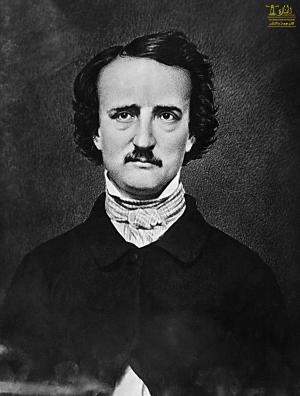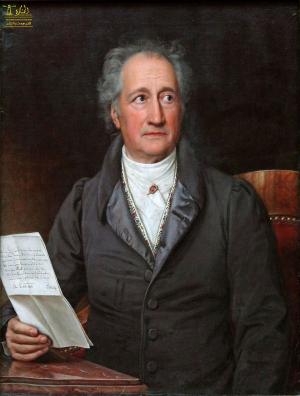The Story of Extinct Civilizations of the West
Nonfiction, History, Western Europe, Travel, United States, West, Civilization| Author: | Robert Charles Anderson | ISBN: | 9780599543416 |
| Publisher: | Lighthouse Books for Translation Publishing | Publication: | June 2, 2019 |
| Imprint: | Lighthouse Books for Translation and Publishing | Language: | English |
| Author: | Robert Charles Anderson |
| ISBN: | 9780599543416 |
| Publisher: | Lighthouse Books for Translation Publishing |
| Publication: | June 2, 2019 |
| Imprint: | Lighthouse Books for Translation and Publishing |
| Language: | English |
During the last half of the 15th century a series of remarkable events occurred which would change the course of modern history. It was at this epic crossroad that the middle ages came to an end and a new Europe began its triumph. Until that time every modern sea captain believed that the world was flat. Once this illusion was shattered by a few adventurous sailors a whole "new world" lay waiting for them to explore. In classical and medieval times it was common knowledge that there were islands, or even a continent, in the western ocean. Many ancient cultures had recorded on their maps knowledge of such lands.
This book describes what was found by these early explorers to the Americas and documents, not only many pre-Columbian discoveries, but also provides a detailed overview of the Spanish arrival in the New World. For example, considerable space is devoted to the history of Norse explorations, whose settlement began in the year 875 with the establishment of a colony in Greenland. Later expeditions brought the Vikings to North America at the close of the first millennium This book also describes how Columbus "rediscovered" America and the considerable trials and tribulations he encountered while doing so. The extinct civilizations of Mesoamerica; primarily the Aztecs, Maya and Toltecs, are discussed at length, including some of their northern-most settlements, inhabited by the "mound builders" whose monuments are found throughout North America.
Why was Europe so long in discovering the vast Continent which all the time lay beyond the Western Ocean? Simply because every skipper and every "Board of Admiralty" believed that this world on which we live and move is flat and level. They did not at all realize the fact that is; and that when a ball is very large (say, as large as a balloon), then any small portion of the surface must appear flat and level to a fly or "mite" traveling in that vicinity. Homer believed that our world is a flat and level plain, with a great river, Oceanus, flowing round it; and for many ages that seemed a very natural and sufficient theory. The Pythagoreans, it is true, argued that our earth must be spherical, but why? Oh, said they, because in geometry the sphere is the "most perfect" of all solid figures. Aristotle, being scientific, gave better reasons for believing that the earth is spherical or ball-shaped. He said the shadow of the earth is always round like the shadow of a ball; and the shadow of the earth can be seen during any eclipse of the moon; therefore, all who see that shadow on the moon's disk know, or ought to know, that the earth is ball-shaped. Another reason given by Aristotle is that the altitude of any star above the horizon changes when the observer travels north or south. For example, if at London a star appears to be 40° above the northern horizon, and at York the same star at the same instant appears 42½°, it is evident that 2½° is the difference (increase) of altitude at York compared with London. Such an observation shows that the road from London to York is not over a flat, level plane, but over the curved surface of a sphere, the arc of a circle, in fact.
During the last half of the 15th century a series of remarkable events occurred which would change the course of modern history. It was at this epic crossroad that the middle ages came to an end and a new Europe began its triumph. Until that time every modern sea captain believed that the world was flat. Once this illusion was shattered by a few adventurous sailors a whole "new world" lay waiting for them to explore. In classical and medieval times it was common knowledge that there were islands, or even a continent, in the western ocean. Many ancient cultures had recorded on their maps knowledge of such lands.
This book describes what was found by these early explorers to the Americas and documents, not only many pre-Columbian discoveries, but also provides a detailed overview of the Spanish arrival in the New World. For example, considerable space is devoted to the history of Norse explorations, whose settlement began in the year 875 with the establishment of a colony in Greenland. Later expeditions brought the Vikings to North America at the close of the first millennium This book also describes how Columbus "rediscovered" America and the considerable trials and tribulations he encountered while doing so. The extinct civilizations of Mesoamerica; primarily the Aztecs, Maya and Toltecs, are discussed at length, including some of their northern-most settlements, inhabited by the "mound builders" whose monuments are found throughout North America.
Why was Europe so long in discovering the vast Continent which all the time lay beyond the Western Ocean? Simply because every skipper and every "Board of Admiralty" believed that this world on which we live and move is flat and level. They did not at all realize the fact that is; and that when a ball is very large (say, as large as a balloon), then any small portion of the surface must appear flat and level to a fly or "mite" traveling in that vicinity. Homer believed that our world is a flat and level plain, with a great river, Oceanus, flowing round it; and for many ages that seemed a very natural and sufficient theory. The Pythagoreans, it is true, argued that our earth must be spherical, but why? Oh, said they, because in geometry the sphere is the "most perfect" of all solid figures. Aristotle, being scientific, gave better reasons for believing that the earth is spherical or ball-shaped. He said the shadow of the earth is always round like the shadow of a ball; and the shadow of the earth can be seen during any eclipse of the moon; therefore, all who see that shadow on the moon's disk know, or ought to know, that the earth is ball-shaped. Another reason given by Aristotle is that the altitude of any star above the horizon changes when the observer travels north or south. For example, if at London a star appears to be 40° above the northern horizon, and at York the same star at the same instant appears 42½°, it is evident that 2½° is the difference (increase) of altitude at York compared with London. Such an observation shows that the road from London to York is not over a flat, level plane, but over the curved surface of a sphere, the arc of a circle, in fact.















